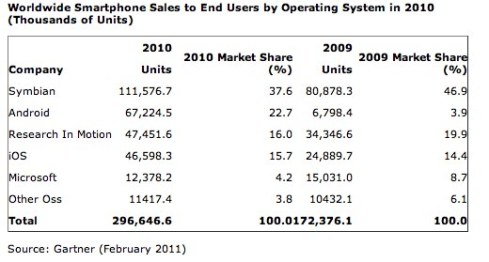 This week a new client asked me why I had decided to pursue an MBA. Specifically, what was the ROI for me? What an interesting question! I’ve been so wrapped up for the past few years in work / school and just plain being in “busy” mode that I didn’t have a quick response … and that got me thinking …
This week a new client asked me why I had decided to pursue an MBA. Specifically, what was the ROI for me? What an interesting question! I’ve been so wrapped up for the past few years in work / school and just plain being in “busy” mode that I didn’t have a quick response … and that got me thinking …
Three years ago I decided to return to academia via graduate school and pursue an MBA. I had been kicking around the idea of returning to school for several years and quite simply could not decide on whether or not an advanced degree would be beneficial. Would the considerable investment of money and time have a return?
And therein was the faulty logic.
Earning an MBA has zero ROI. There is no immediate return on the investment of time and money from a graduate degree. Sure, there is intangible achievement or return as your knowledge base and day to day application of Finance, Marketing, Operations, and Strategy increases. But, intangibles are difficult to quantify and thus the difficulty in answering the ROI question and quite frankly, the lack thereof, of a firm Return On Investment to respond to the question at hand.
I learned about a financial return quantification method called EVA in Finance that may provide the best response. EVA or Economic Value Added is a robust financial measurement approach that companies use to evaluate their economic profit – the value created in excess of the required return of the company’s shareholders. The concept hinges on the fact that a company’s shareholders gain when the return from the capital (or investment) employed is greater than the cost of that capital. In essence, EVA is the profit that is earned minus the cost of financing the firm’s capital. Capital (or YOUR money) doesn’t just sit around doing nothing. Companies spend or invest just as you and I do … although they may invest in R&D while you or I choose to go on a vacation, buy a pair of sunglasses, etc. An EVA analysis of pursuing an MBA is a better quantification as it accounts for the value of the investment rather than the return.
For me, the decision to invest time and money in an MBA hinged on the fact that the opportunity cost of NOT pursuing an MBA far exceeded the initial time and money outlay. The economic value add of an advanced degree lays within the opportunities that become available – whether a new career path, skills to start a business, etc. The EVA will continue to multiply throughout my life as I put the new skill set to work … the impact or intensity of the returns (whether financial or not) on my life is dependent on me taking actions based on the investment of time and money.
So, when asked about ROI … while the path to an MBA has been completed the journey has just begun … and the EVA will continue to exceed the opportunity cost for not investing in myself or my future.
P.S. Thank You to the University of St. Thomas in Minneapolis, MN for a rewarding and AACSB Accredited learning experience. Make sure to check out the UST MBA Program here: http://www.stthomas.edu/business/degrees/ustmba/eveningmba/








